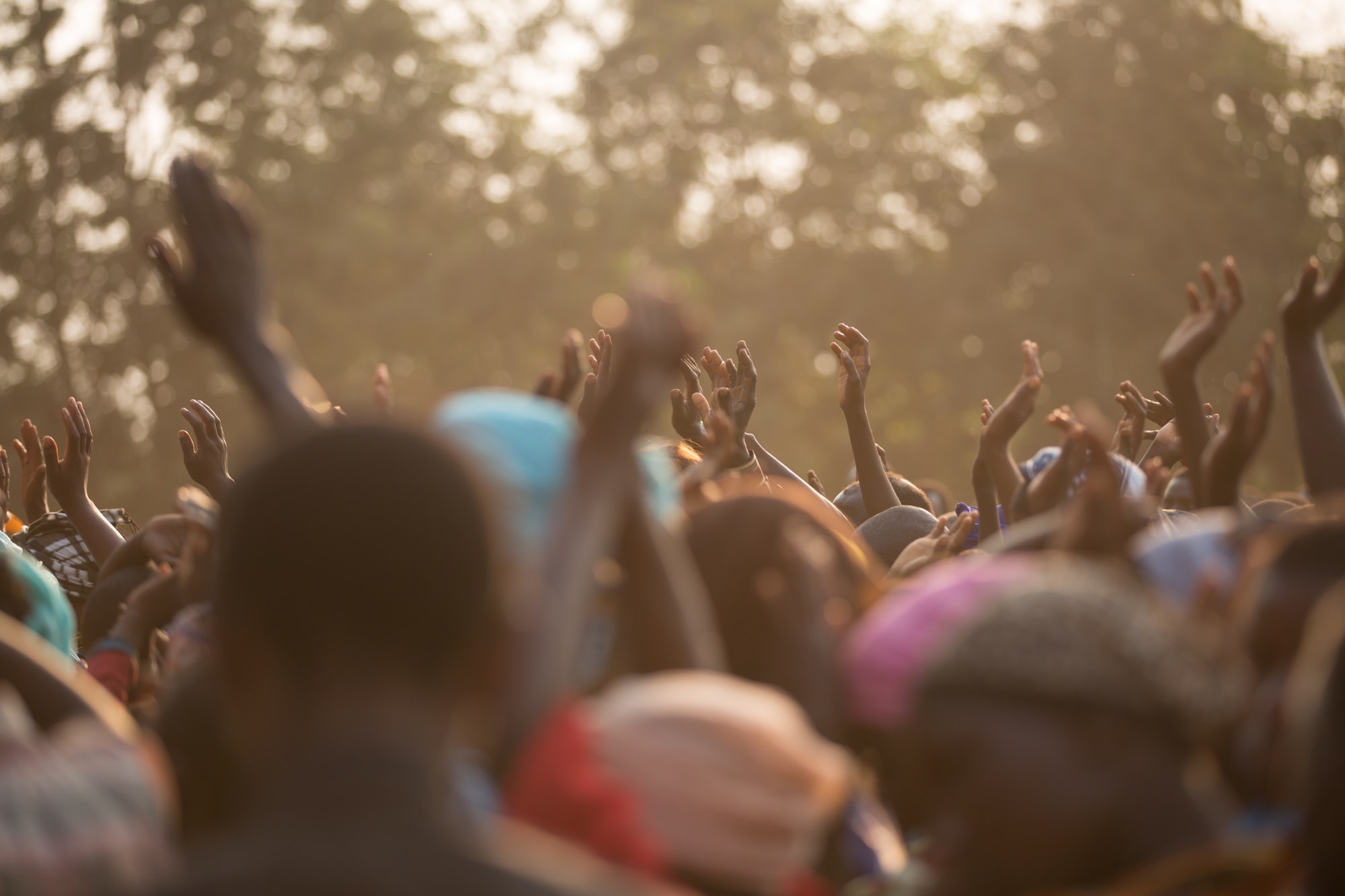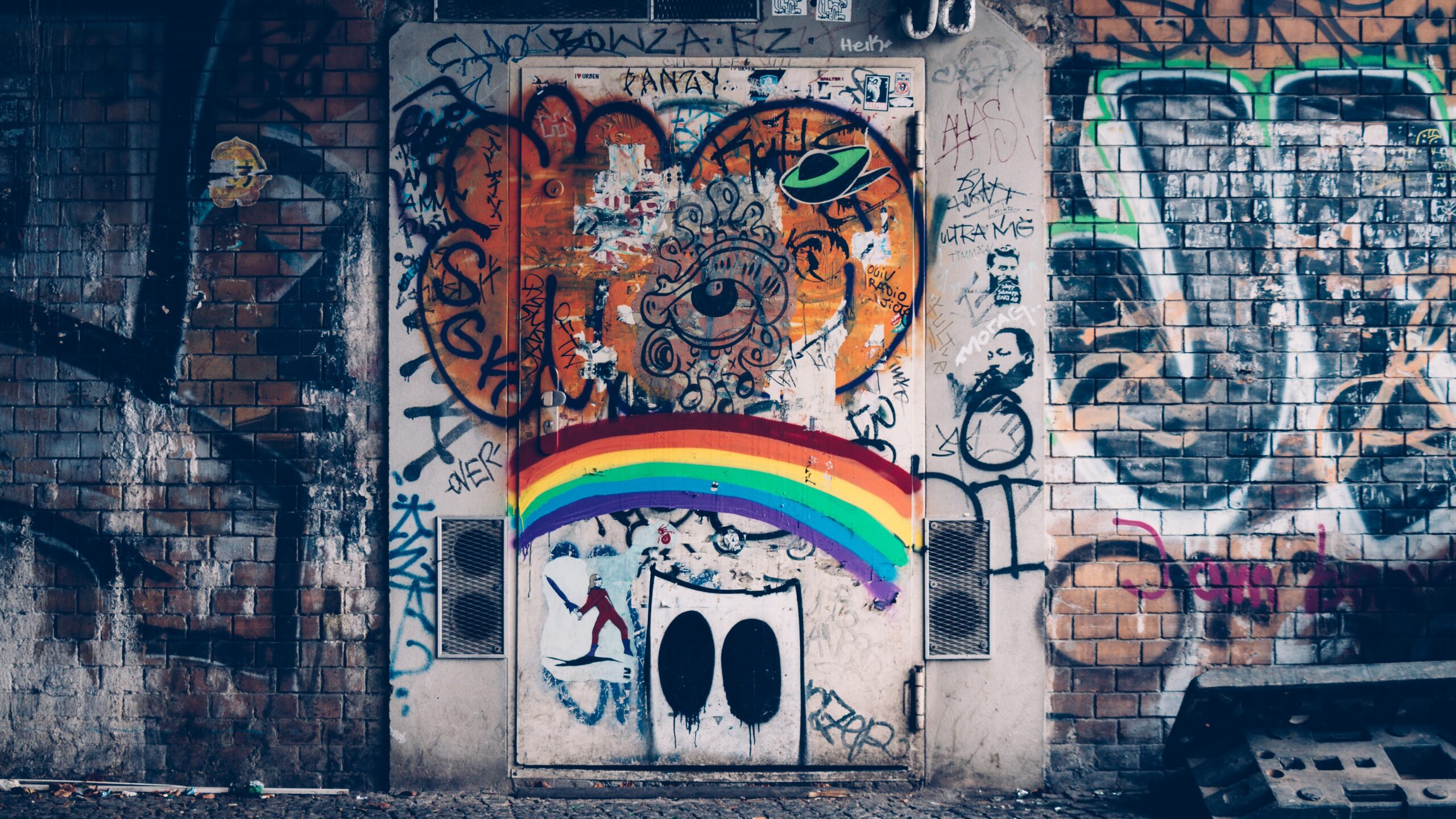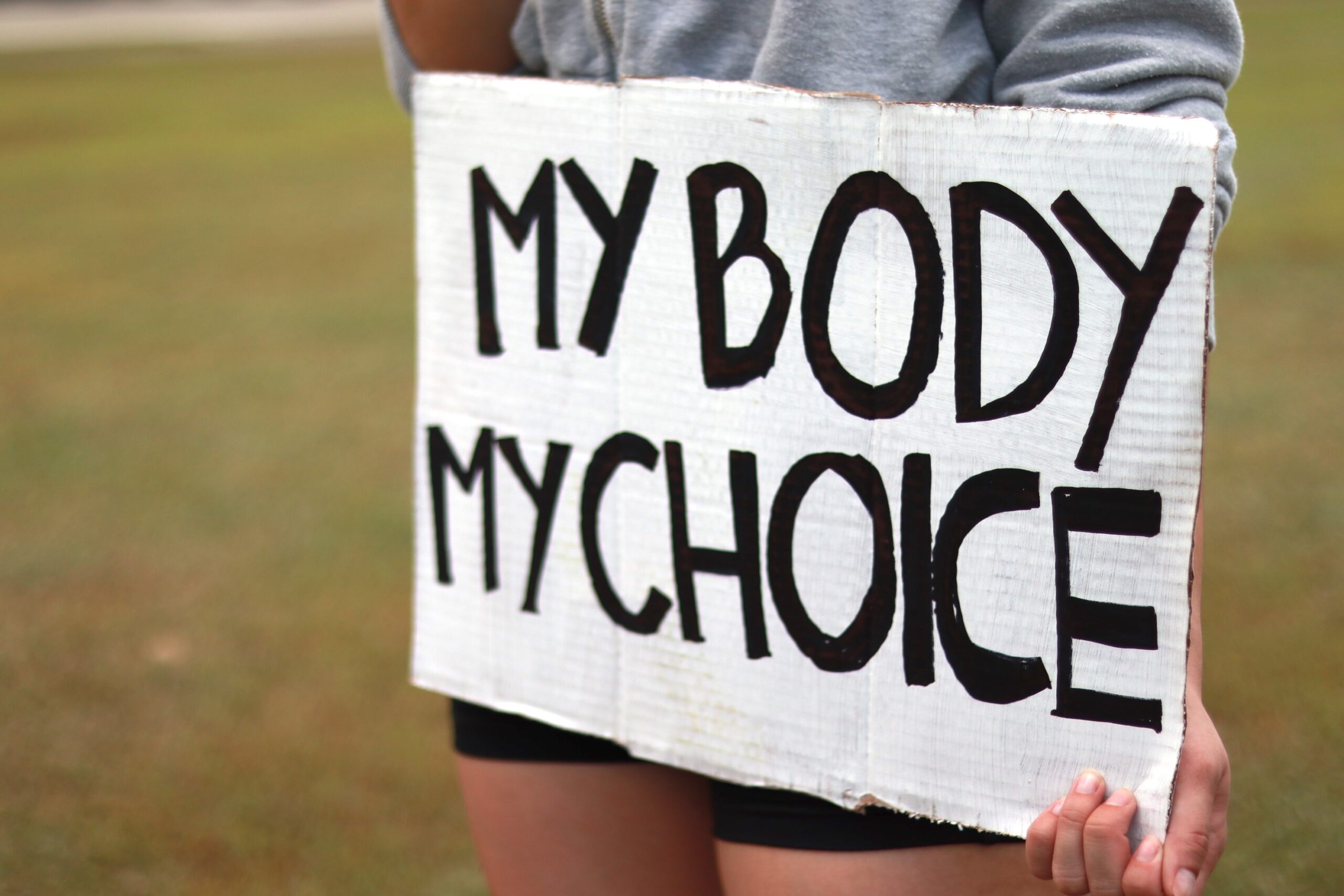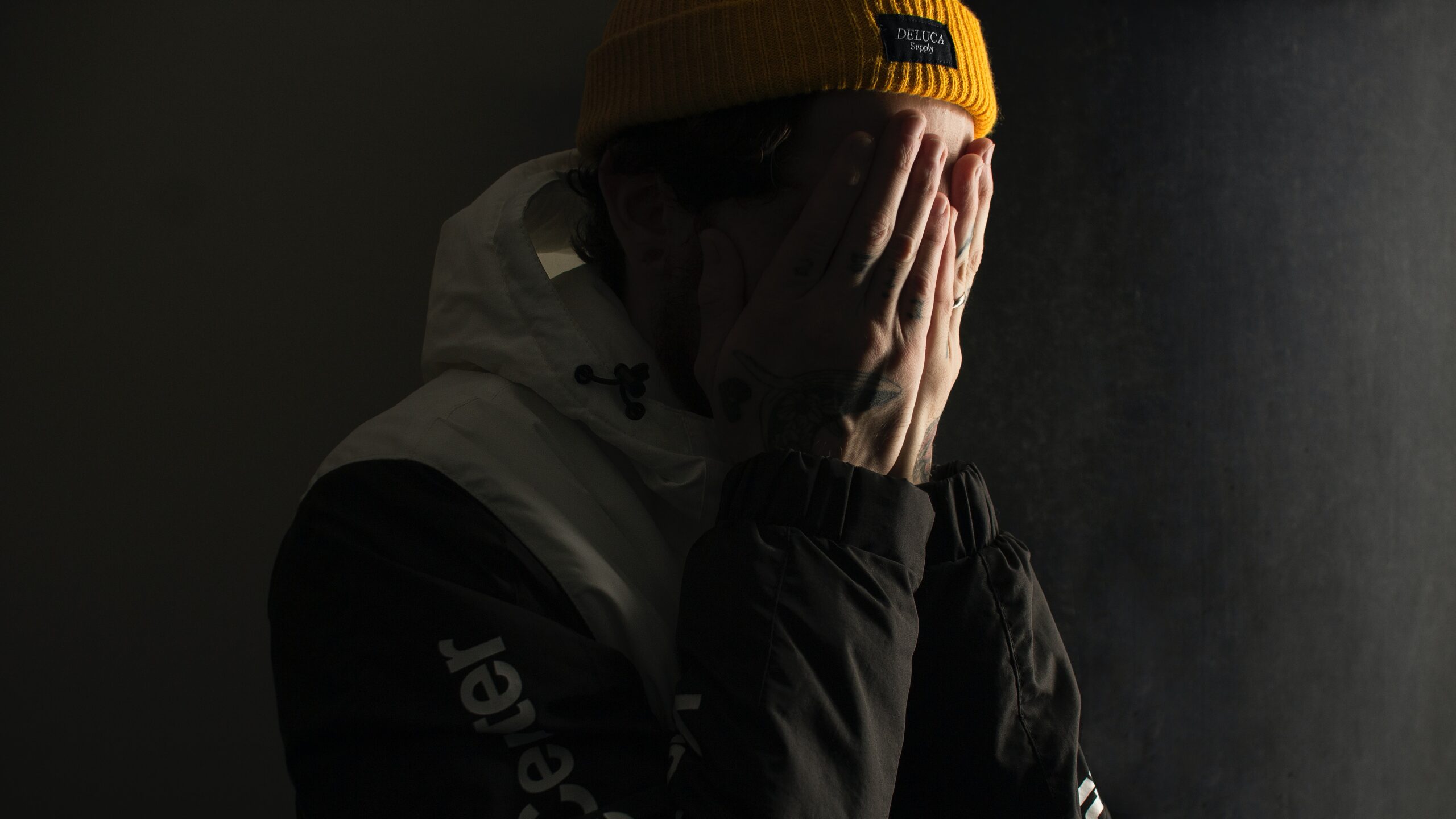Black Oppression Still Persists in America
UPDATED: 27 NOVEMBER 2022
Black oppression still persists in America. Black people know it. White people know it. Everyone knows it. This raises the question as to whether emigrating to the continent of Africa would offer the liberation Black Americans seek. In approaching this issue, it is important to define what I mean by liberate. In its simplest definition, liberation means “The action of freeing a region or its people from an oppressor or enemy force…”
An argument can be made that Black Americans are no longer enslaved, and therefore, liberation has been achieved. However, it is worth mentioning that there is limited evidence to suggest Black Americans are entirely liberated. It is generally agreed today that Black Americans remain the targets of racial profiling, police brutality, incarceration, oppression and discrimination in the United States. While one can agree up to a certain point with the idea that Black Americans are no longer enslaved—in the sense of chattel slavery—it has been argued that slavery mutated into something more ominous: mass incarceration (Pereira, 2018). In the United States, Black Americans represent 13 percent of the total population, but they account for 40 percent of the total prison population (Carson, 2020). Pereira (2018) further contends the overrepresentation of Blacks in the U.S. prison system is by design. She goes as far as to say mass incarceration did not replace slavery—it continued slavery under a new name. Thus far, it would seem, mass incarceration in the United States is equally relevant to the conversation on liberation.
The Enslavement of Blacks in the U.S. – Black Oppression Still Persists in America
One of the most striking features for a liberation argument is that many Africans were involuntarily dispersed to the United States from their original homeland. It is a well-known fact that between 1525 and 1866, 12.5 million Blacks were kidnapped from Africa and sent to the Americas through the transatlantic slave trade (Solly, 2020), where slavery emerged in several colonies as a legal institution (Hornsby, 2005, p. 143). By 1916, it is estimated that 90 percent of Black Americans were still “held captive by the virtual slavery of sharecropping and debt peonage…” (Solly, 2020).
Despite enduring centuries of enslavement, exploitation and inequality, Black Americans in the United States still encounter racially charged physical violence. For example, during the end of Reconstruction and World War II, more than 4,400 Blacks were lynched in the United States (Solly, 2020). One should, however, not forget that in 1908, a mob terrorized Black American neighborhoods across Springfield, Illinois, vandalizing black-owned businesses, setting fire to the homes of Black residents, beating those unable to flee and lynching at least two people (Solly, 2020). Multiple massacres also broke out in response to false allegations that young Black men had raped or otherwise assaulted White women. Eerily similar allegations by the “Karen” archetype have teleported into the Common era and have risen to outstanding levels of notoriety, thanks to a flood of footage that has become increasingly more violent and disturbing (Lang, 2020; Shenk, 2020). When Amy Cooper called the authorities on Christian Cooper (no relation), it was not at all inconceivable that Mr. Cooper could have been killed by the police.
The racism, White entitlement, and unchecked White privilege are testaments of the daily Black American experience in the United States. All of which may support the idea of an intifada with the host society and a journey back to Africa.
The Use of Lethal Force Against Blacks in the United States
The historic forms of anti-Black violence not only magnify the racial discrimination felt by Africans in the United States, but also draws striking parallels to contemporary conversations on police brutality. Katie Nodjimbadem pointed out a late 1920s Chicago and Cook County, Illinois regional crime survey, which found that while Black Americans constituted just 5 percent of the area’s population, they made up 30 percent of the victims of police killings. The Orangeburg Massacre of 1968 is another telling example of the horrific violence Black Americans have suffered in the United States, in which law enforcement officers shot and killed three Black student activists at South Carolina State College (Solly, 2020). The probability that an unarmed Black American will be shot by the police is 3.49 times greater than the probability that an unarmed White person will be shot by the police in the United States (IACHR, 2018, p. 59). In a 2019 study, researchers found Black American men in the United States experience the highest levels of inequality in mortality risk. In other words, Black American men are about 2.5 times more likely to be killed by police over the course of their life than White men (Edwards, Lee, & Esposito, 2019, p. 3). The study also found Black American women were 1.4 times more likely to be killed by police than White women (Edwards, Lee, & Esposito, 2019, p. 3). In fact, it is predicted that 1 in 1,000 Black American men and boys will be killed by police over the course of their life in the United States. The last example highlights the fact that Black American men, between the ages of 25 and 29, are killed by police at a rate between 2.8 and 4.1 per 100,000 in the United States (Edwards, Lee, & Esposito, 2019, p. 6). The alarming rate of Black Americans killed, for the most part, by White police officers may demonstrate that the host society is not as safe for Blacks as government officials make it appear. It is yet another reason many Black Americans have strongly considered leaving the United States.
The United States’ Doctrine of Qualified Immunity. Black Oppression Still Persists in America.
The Fourteenth Amendment was drafted to redress—and prevent—the same police violence which Black Americans suffer this very day. That Amendment provides Congress with broad power to curb unjustified police use of force (Wydra, 2020). In 1871, the Reconstruction Congress passed Section 1983 to enforce the Fourteenth Amendment and to ensure that individuals, like Black Americans, could go to court to redress constitutional violations and obtain justice (Wydra, 2020). In the thousands of police-involved killings between 2005 and 2015, just 54 police officers were ever charged with a crime, and most were eventually cleared or acquitted (IACHR, 2018, p. 65). Even in cases where the incident had been documented on video, like those where victims had been shot in the back, or cases where allegations of a cover-up had been made, prosecutors are less likely to file charges against police officers than civilian suspects (IACHR, 2018, pp. 65, 136). This immunization from accountability is known as “qualified immunity,” which effectively bars the courthouse doors for Black Americans whose constitutional rights have been violated by police (Wydra, 2020). Numerous instances of police brutality have since been dismissed on qualified immunity claims, such as the case of Makaila Brooks, who was tazed three times over a misunderstanding (Tyne, 2020). Wydra (2020) also believes that qualified immunity erodes the enforcement of constitutional rights, undermines the rule of law, and denies justice to those victimized by the police, allowing the cycle of police violence and brutality to repeat itself over and over again. In 2020, Black Americans account for 28 percent of those killed by police despite being only 13 percent of the population (Mapping Police Violence, 2020). This long line of police killings—George Floyd, Breonna Taylor, and Raymond Chaluisant among the most recent—is the result of a system that breeds police unaccountability in the United States (Wydra, 2020).
It is very clear from the observations above that government officials in the United States have not held police officers to the same legal standards as the very citizens they are supposed to protect. Slavery, police brutality and deadly use of force, racially biased policing practices, and the racial disparities that permeate virtually every part of the criminal justice system, are deeply entrenched in local, state, and federal institutions—are widespread—and represent a clear threat to the human rights of Black Americans (IACHR, 2018, p. 12). All of which may support an argument that Black Americans may gain a new sense of freedom by emigrating to the continent of Africa.
Is Moving to Africa the Answer or Should Black Americans Stay and Fight for Rights? Black Oppression Still Persists in America.
Tyne defines racism as a “prejudice, discrimination, or antagonism directed against someone of a different race based on the belief that one’s own race is superior” (Tyne, 2020). It has been argued that racism and race can only exist once societies accept a biological basis for difference and the supposed inferiority of outsiders (Hornsby, 2005, p. 101). Others, however, see the results of prejudice as more important than their ideological underpinnings (Hornsby, 2005, p. 101)—racism is a moral issue, a defect of human nature and a symptom of an even deeper cause. No matter how much the desire to and attempt to—no one can eradicate someone’s moral depravity merely through policies, laws, or demonstrations of force (Tyne, 2020). With racism, Black oppression still persists in America.
Tyne’s line of thinking, whether advertently or inadvertently, appears to echo Marcus Garvey’s argument that Black Americans’ quest for social equality in the United States is a delusion. Garvey believed Black Americans were fated to be a permanent minority who could never assimilate because White Americans would never let them. Black Americans, therefore, could not improve their condition or gain autonomy in the United States. Garvey also feared for Blacks living in countries where they were a minority. He believed that continual demands for equality by Black Americans would threaten Whites and would lead to increasingly violent racial conflicts (Bolaffi, Bracalenti, Braham, & Gindro, 2003, p. 28). According to Garvey, only in Africa was self-emancipation possible. This Back-to-Africa movement further urged Black people to be proud of their race and origins (Bolaffi, Bracalenti, Braham, & Gindro, 2003, p. 28). Even so, Garvey never envisioned a sudden mass emigration to Africa. He proposed only that a few thousand Black Americans move to Africa and establish an independent nation committed to fighting for the rights of Blacks everywhere (Lawler & Davenport, 2005, p. 54). A strong African nation, Garvey argues, might be able to force other countries to respect the rights of their Black citizens (Lawler & Davenport, 2005, p. 54).
In contrast to Garvey’s view that Black Americans would gain a new sense of freedom and strength by emigrating to the continent of Africa, Tariq Nasheed, the film producer who identified the lineage Foundational Black American asks: How could Black Americans go back to a place where they have never been? Other critics who oppose neo-Garveysim further contend Black Americans should not move to Africa because they would be strangers there. Thus, it would be better for them to concentrate on improving conditions in the United States (Lawler & Davenport, 2005, p. 54). In other words, Black Americans should remain in the United States and fight for their rights. Indeed, Du Bois insisted on making clear that Black Americans knew what their rights were, knew they were being unjustly denied equal citizenship, and that Black Americans would not rest until they had all the liberties and opportunities due them as equal members of the republic (Loury, et. al., 2008, p. 84).
Referring back to the 1800s, as it relates to the formation of the American Colonization Society (“ACS”), White Americans tried to erase the Black presence in the young republic. Whereas Garvey sought a return to Africa in the hope of empowering blacks, the ACS wanted to isolate them in a land its members and supporters labeled as forsaken. The Society purchased a large tract of land in West Africa in 1821 and immediately began transporting freed slaves across the Atlantic Ocean. Eventually, an estimated 12,000 Black Americans arrived in what became the modern nation of Liberia (Ellison, 1970; Lawler & Davenport, 2005, p. 55). Today, approximately 54 percent of Liberia’s population lives below the poverty line. Only 16.9 percent of its people have access to improved sanitation facilities, and a mere 10 percent have access to electricity. Violence against women is a major concern in Liberia, like female genital mutilation. Marriage at a young age is also commonplace (Turner, 2018). Despite the fact that 12 percent of the population is Muslim, Black Muslims have had difficulties registering to vote. Moreover, the LGBT community has no rights (Turner, 2018).
On the other hand, Liberia has a variety of institutions working in the nation to improve the country’s human rights situation, including the Liberian Independent National Commission of Human Rights, the Ministry of Justice Human Rights Protection Division and various national committees that focus on specific issues such as child labor rights. The government has also cooperated with the U.N. Office of The High Commissioner for Human Rights to address human rights violations in Liberia (Turner, 2018). Liberia, while not a perfect country, is developing into a stronger republic. It is also strengthening the human rights of its people. Overall, its improved human rights situation makes it an attractive option for Black American relocation. Or, does it? Other evidence indicates Black oppression still persists in America, and elsewhere.
If Moving to Africa is the Answer, Why Are Africans Fleeing the Continent?
If moving to Africa is the answer to liberation, why are many Africans fleeing the continent and filing refugee claims in other continents? One cannot deny that Africa is one of the main refugee generating continents in the world, which comprises of four major refugee generating regions. The first is the Great Lakes region where the political and ethnic conflicts in Burundi, the Democratic Republic of Congo and Rwanda have generated millions of refugees over the past four decades (Rutinwa, 1999, p. 3). Most of these refugees have been hosted in the region, mainly in Tanzania, Uganda and Kenya, as well as in the refugee generating countries themselves. The second major refugee region is the Horn of Africa, where a succession of armed conflicts resulted in the flight of millions of people in search of safety. These have included the war between Ethiopia and Somalia for control of the Ogaden region in 1977-1978; the struggle for Eritrean independence from Ethiopia, which began in the 1950s and was finally achieved in 1993, and the conflict between government and rebel forces in southern Sudan. Most of these refugees found protection within the countries of the Horn itself, as well as in the neighboring states of Egypt and Kenya (Rutinwa, 1999, p. 3). While those from the Syrian Arab Republic were the most to file refugee claims in 2014, those from Somalia made up 1.11 million claims (UNHCR, 2014, p. 9). It cannot be denied that South Sudan is Africa’s largest source of refugees with 2.3 million people (McCarthy, 2019; Malim 2020). As a result of the prolonged warfare between states and people groups, many citizens are located in the midst of the conflict areas and in extreme danger. Since 2013, there have been continued violence, loss of access to resources, and consequential hunger because of the impact to the local economy (Malim, 2020).
All of this points to the conclusion that these countries may not be the safest in Africa for Black Americans to migrate to if they choose to depart the United States.
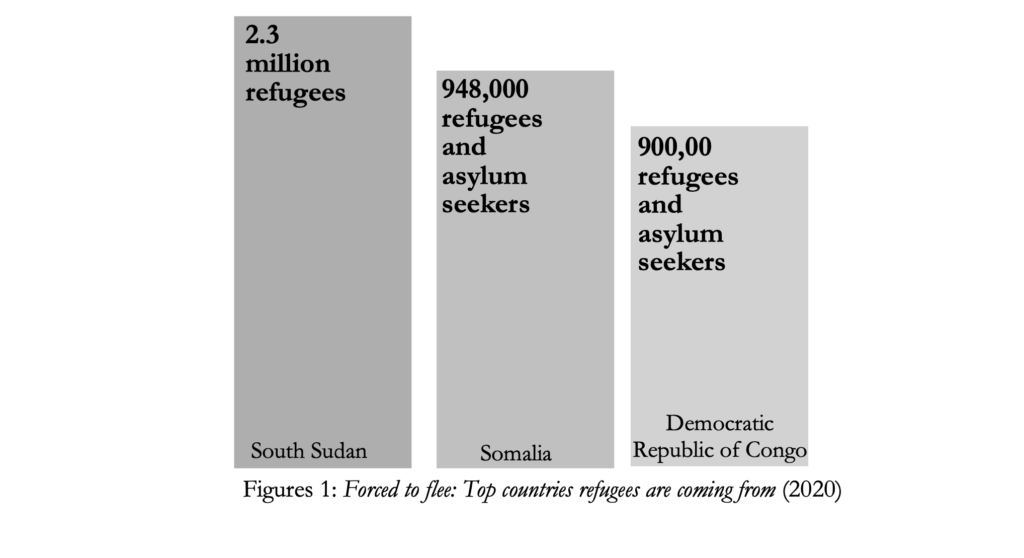
Can the United States Survive Without Black Americans?
If one weighs the pros and the cons of this debate, one soon realizes there is no easy answer to the question of whether Black Americans should move to Africa. For instance, in 1970, Ralph Ellison addressed the question of a new America without Blacks. Ellison expressed the opinion that—had there been no Blacks in the United States,—certain creative tensions arising from the cross-purposes of Whites and Blacks would not have existed (Ellison, 1970). He further argues without Blacks, there would be no Stephen Crane, who found certain basic themes of his writing in the Civil War (Ellison, 1970). Ellison also believes there would have been no Hemingway, who took Crane as a source and guide. As explained by Ellison:
“[W]ithout the presence of Negro American style, our jokes, tall tales, even our sports would be lacking in the sudden turns, shocks and swift changes of pace (all jazz-shaped) that serve to remind us that the world is ever unexplored…[w]ithout the presence of Blacks, our political history would have been otherwise. No slave economy, no Civil War, no violent destruction of the Reconstruction, no K.K.K. and no Jim Crow system. And without the disenfranchisement of Black Americans and the manipulation of racial fears and prejudices, the disproportionate impact of White Southern politicians upon our domestic and foreign policies would have been impossible…” (Ellison, 1970).
All of Ellison’s views points to the conclusion that the United States could not survive without the presence of Black Americans, to which he refers as “the irony implicit in the dynamics of American democracy” (Ellison, 1970). Black Americans in the United States, according to Ellison, symbolize the country’s most stringent test and the possibility of its greatest human freedom (Ellison, 1970). One cannot possibly accept Ellison’s view that without the existence of Black Americans, slavery would not have existed. If there were no Black Americans in the United States, it is well within the realm of possibility that others outside the continent would have been kidnapped from their homeland and sent to the Americas through the transatlantic slave trade. For instance, Franklin and Higginbotham (2011) found that indentured servants worked alongside African slaves and often received treatment that was just as harsh. Without Black Americans, it is conceivable that men of another “race” would experience the highest levels of inequality in mortality risk from police violence. Not only is it likely that the K.K.K. would target and harm the alternative race, but it is also conceivable that this race would suffer under Jim Crow laws and would face racial discrimination in the United States. Even though the United States may not be able to survive without Black Americans, Black oppression still persists in America.
Conclusion
This article journeyed through the enslavement of Africans and the use of lethal force against Black Americans in the United States. It examined the United States’ doctrine of qualified immunity which immunizes police officers from accountability and explored the idea of Black Americans moving to Africa, and whether such a move would bring liberation. This article also explored the idea of the United States surviving without the presence of Black Americans and, touched upon Africans fleeing the continent of Africa. On reflection, it seems more accurate to say that the answer to the question, whether Black Americans should move to the continent of Africa, is a subjective one. While this paper disagrees with some of Ellison’s views, it does not contest the idea that without Black Americans, something irrepressibly hopeful and creative would go out of the American spirit (Ellison, 1970). In the words of Ellison (1970), Black Americans have put pressure upon the United States to live up to its ideals. Lastly, Black oppression still persists in America today and has not changed. Perhaps by departing the United States, those ideals will be realized.
References
Bolaffi, G., Bracalenti, R., Braham, P., & Gindro, S. (2003). Black Africa. In G. Bolaffi, R. Bracalenti, P. Braham, & S. Gindro, Dictionary of Race, Ethnicity and Culture (p. 28). Thousand Oaks: Sage Publications.
Carson, A. (2020). Prisoners in 2018. Retrieved from Bureau of Justice Statistics: https://www.bjs.gov/content/pub/pdf/p18.pdf
Edwards, F., Lee, H., & Esposito, M. (2019). Risk of being killed by police use-of-force in the U.S. by age, race/ethnicity, and sex. Retrieved from Prisonpolicy.org: https://www.prisonpolicy.org/scans/police_mort_open.pdf
Ellison, R. (1970). What America Would Be Like Without Blacks. Retrieved from Teaching American History: https://teachingamericanhistory.org/library/document/what-america-would-be-like-without-blacks/
Franklin, J., & Higginbotham, E. (2011). Establishing North American Slavery. In J. Franklin, & E. Higginbotham, From Slavery to Freedom (pp. 51-63). New York: McGraw-Hill.
Hornsby, A. (2005). A Companion to African American History. Malden: Blackwell Publishing Ltd.
IACHR. (2018). Police Violence Against Afro-Descendants in the United States. Retrieved from Inter-American Commission on Human Rights: http://www.oas.org/en/iachr/reports/pdfs/PoliceUseOfForceAfrosUSA.pdf
Lang, C. (2020). How the ‘Karen Meme’ Confronts the Violent History of White Womanhood. Retrieved from Time: https://time.com/5857023/karen-meme-history-meaning/
Lawler, M., & Davenport, J. (2005). Marcus Garvey: Black Nationalist Leader (Black American Achievements Legacy Edition ed.). Philidelphia: Chelsea House Publishers. Lexico, O. (n.d.). Liberation.
Loury, G., (2008). Race, Incarceration, and American Values. Cambridge: Boston Review. pp. 3-84.
Malim, M. (2020). Top 3 Countries Producing Refugees. Retrieved from Epimonia: https://epimonia.com/blogs/news/top-3-countries-producing-refugees
Mapping Police Violence. (2020). Police have killed 897 people in 2020. Retrieved from Mapping Police Violence: https://mappingpoliceviolence.org/
McCarthy, N. (2019). The Top Origin Countries For Refugees In 2018. Retrieved from Forbes: infographic/?sh=37db04636cce
Pereira, S. (2018). Mass Incarceration: Slavery Renamed. Themis: Research Journal of Justice Studies and Forensic Science:, 6(3), 42-54.
Reid, K. (2020). Forced to flee: Top countries refugees are coming from. Retrieved from World Vision: https://www.worldvision.org/refugees-news-stories/forced-to-flee-top-countries-refugees-coming-from
Rutinwa, B. (1999). The end of asylum? The changing nature of refugee policies in Africa. Retrieved from Refworld: https://www.refworld.org/pdfid/4ff597752.pdf
Shenk, K. (2020). The evolution of the “Karen” meme. Retrieved from The Elm: https://blog.washcoll.edu/wordpress/theelm/2020/09/the-evolution-of-the-karen-meme/
Solly, M. (2020). 158 Resources To Understand Racism In America. Retrieved from Smithsonian Magazine: https://www.smithsonianmag.com/history/158-resources-understanding-systemic-racism-america-180975029/
Turner, L. (2018). Top 10 Facts About Human Rights In Liberia. Retrieved from The Borgen Project: https://borgenproject.org/facts-about-human-rights-in-liberia/Tyne, C. (2020). Racism and abuse of power. Retrieved from Fundación Civismo: https://civismo.org/en/racism-and-abuse-of-power/
UNHCR. (2014). UNHCR Statistical Yearbook 2014: The Top 20 Countries to Have Granted Protection to Refugees in the 21st Century. Retrieved from UNHCR: https://www.unhcr.org/56655f4e0.pdf
Wydra, E. B. (2020). Release: Qualified Immunity: The Only Way to Fix It Is to End It. Retrieved from Constitutional Accountability Center: https://www.theusconstitution.org/news/release-qualified-immunity-the-only-way-to-fix-it-is-to-end-it/
